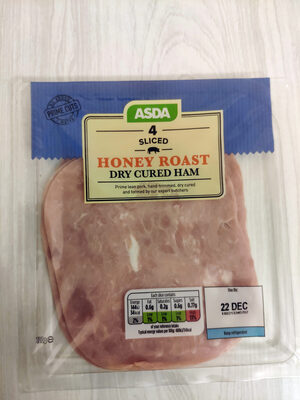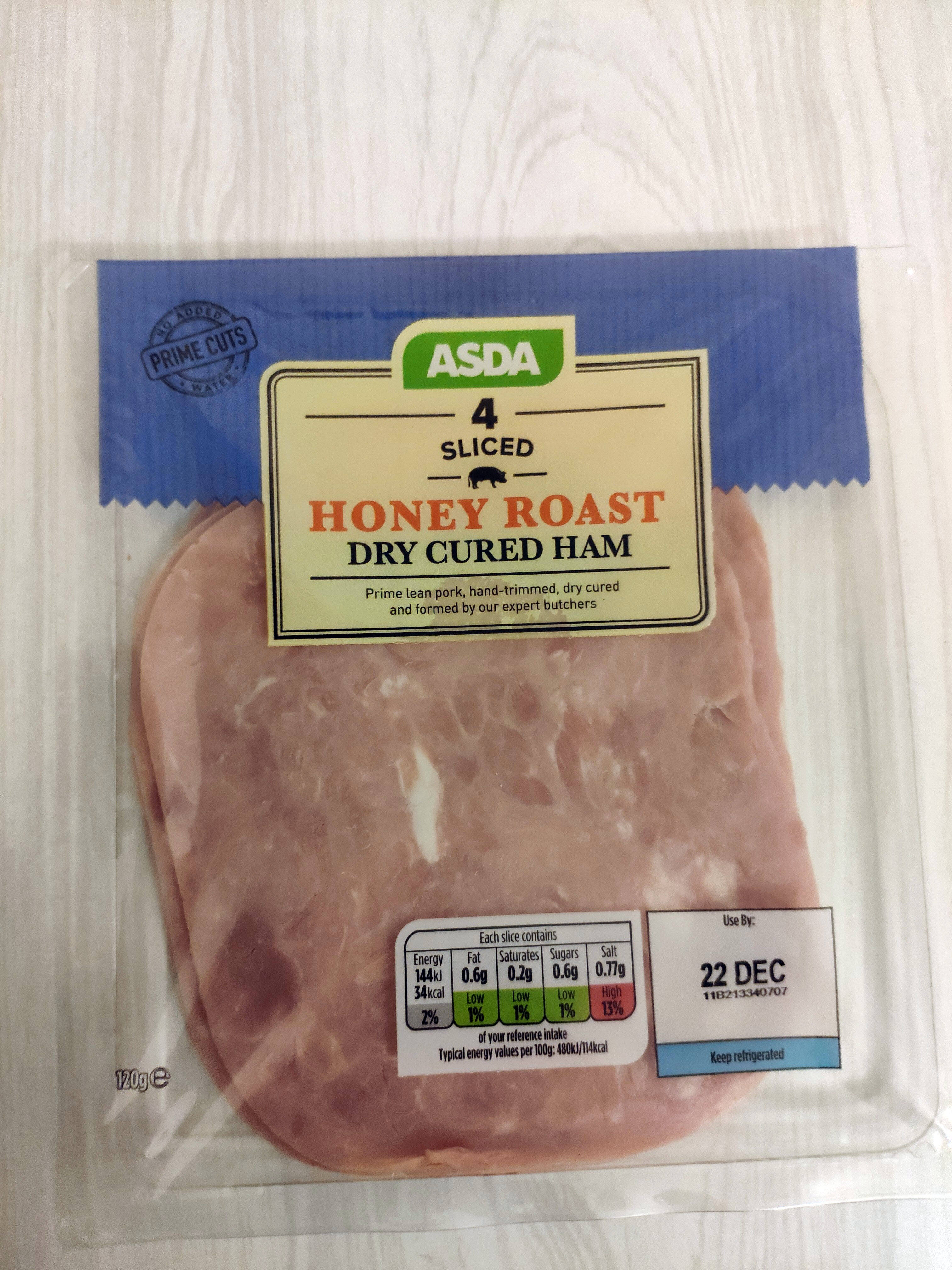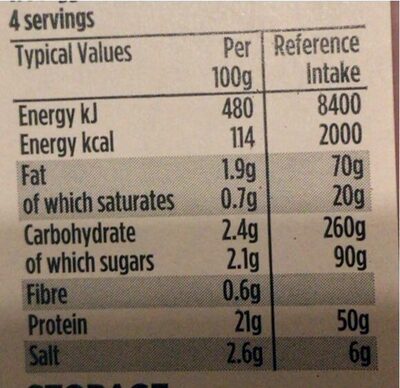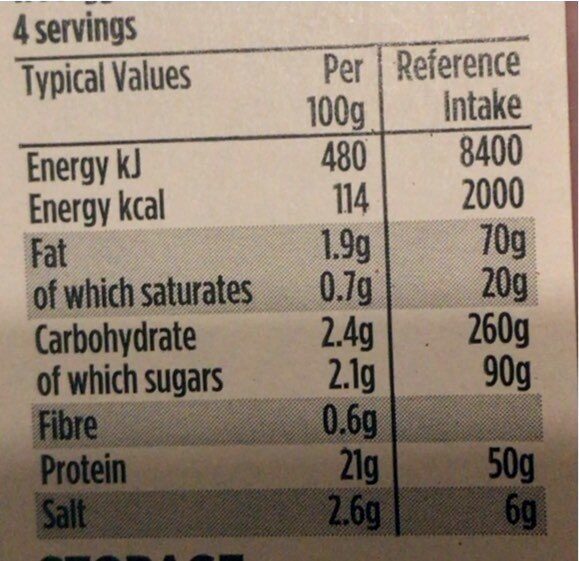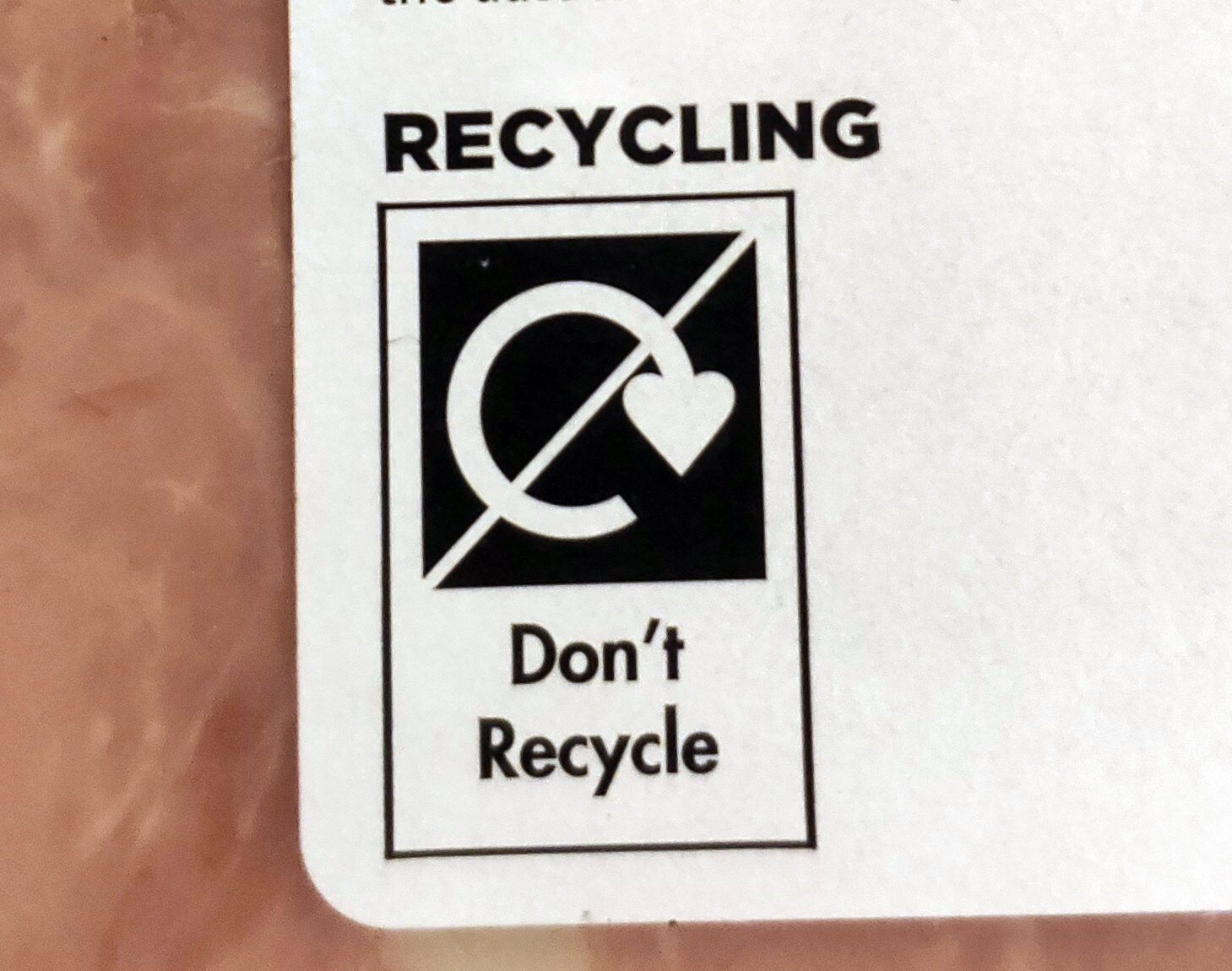Honey roast dry cured ham - Asda - 120g
This product page is not complete. You can help to complete it by editing it and adding more data from the photos we have, or by taking more photos using the app for Android or iPhone/iPad. Thank you!
×
Barcode: 5057172483792 (EAN / EAN-13)
Common name: Dry cured, formed, cooked and honey roasted pork leg
Quantity: 120g
Brands: Asda
Categories: Meats and their products, Meats, Prepared meats, Hams, Cured hams, White hams
Labels, certifications, awards: No artificial flavors
Traceability code: GB YE056
Stores: Asda
Countries where sold: United Kingdom
Matching with your preferences
Report a problem
Data sources
Product added on by inf
Last edit of product page on by ecoscore-impact-estimator.
Product page also edited by alia, kiliweb, openfoodfacts-contributors, teolemon, vaporous, yuka.sY2b0xO6T85zoF3NwEKvlhZdX4HSkzLfBxnmol2269KhEaXMWvcv_proGKo.
